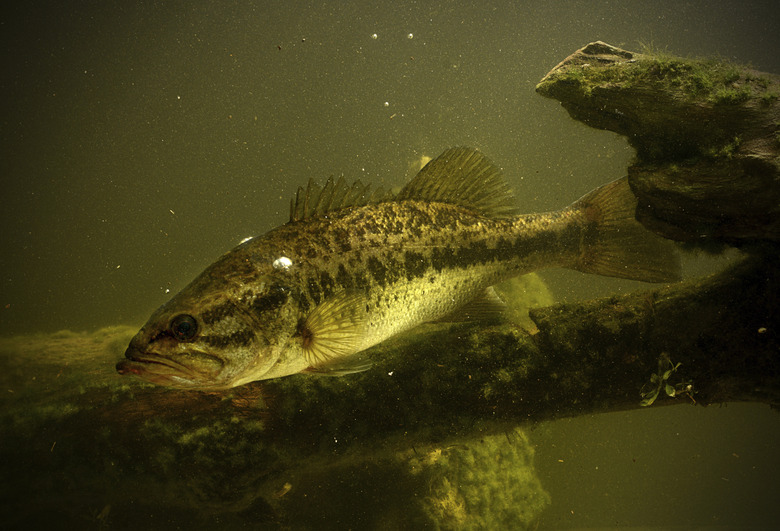What Region Of The United States Is Most Affected By Acid Rain?
Acid rain didn't become an environmental problem until the burning of large quantities of fossil fuels during the industrial age. Some acid rain occurs naturally, but sulfur dioxide and nitrogen oxide emissions from smokestacks combine with rain to make sulfuric and nitric acid in amounts that harm the environment. The region of the United States most harmed by acid rain is the East Coast, including the Appalachian Mountains and the Northeast.
Lakes and Streams
Lakes and Streams
In a study of the nation's lakes and streams that show acidic conditions, the National Surface Water Survey found that acid rain caused the acidity in 75 percent of the lakes and about 50 percent of the streams. Greatest acidity occurred along the Atlantic coast, where waters have naturally higher acidity to begin with. The highest rate of stream acidity, over 90 percent, occurs in the New Jersey Pine Barrens region. Little Echo Pond in Franklin, New York, had one of the most acidic conditions, according to the study, with a pH of 4.2.
Forests and Soils
Forests and Soils
Acid rain degrades soils by washing away chemicals such as calcium and magnesium, which buffer acidity and provide essential nutrients to plants. Acidity also releases potentially toxic dissolved aluminum into water. Appalachian forests from Maine to Georgia are particularly affected. Trees usually don't die outright but are weakened and more susceptible to pathogens, insects, drought or extreme cold. Scientists expect that the U.S. Environmental Protection Agency's Acid Rain Program, which reduces sulfur dioxide emissions, will significantly reduce acidification along the East Coast.
Cite This Article
MLA
Csanyi, Carolyn. "What Region Of The United States Is Most Affected By Acid Rain?" sciencing.com, https://www.sciencing.com/united-states-affected-acid-rain-4965252/. 24 April 2017.
APA
Csanyi, Carolyn. (2017, April 24). What Region Of The United States Is Most Affected By Acid Rain?. sciencing.com. Retrieved from https://www.sciencing.com/united-states-affected-acid-rain-4965252/
Chicago
Csanyi, Carolyn. What Region Of The United States Is Most Affected By Acid Rain? last modified August 30, 2022. https://www.sciencing.com/united-states-affected-acid-rain-4965252/
